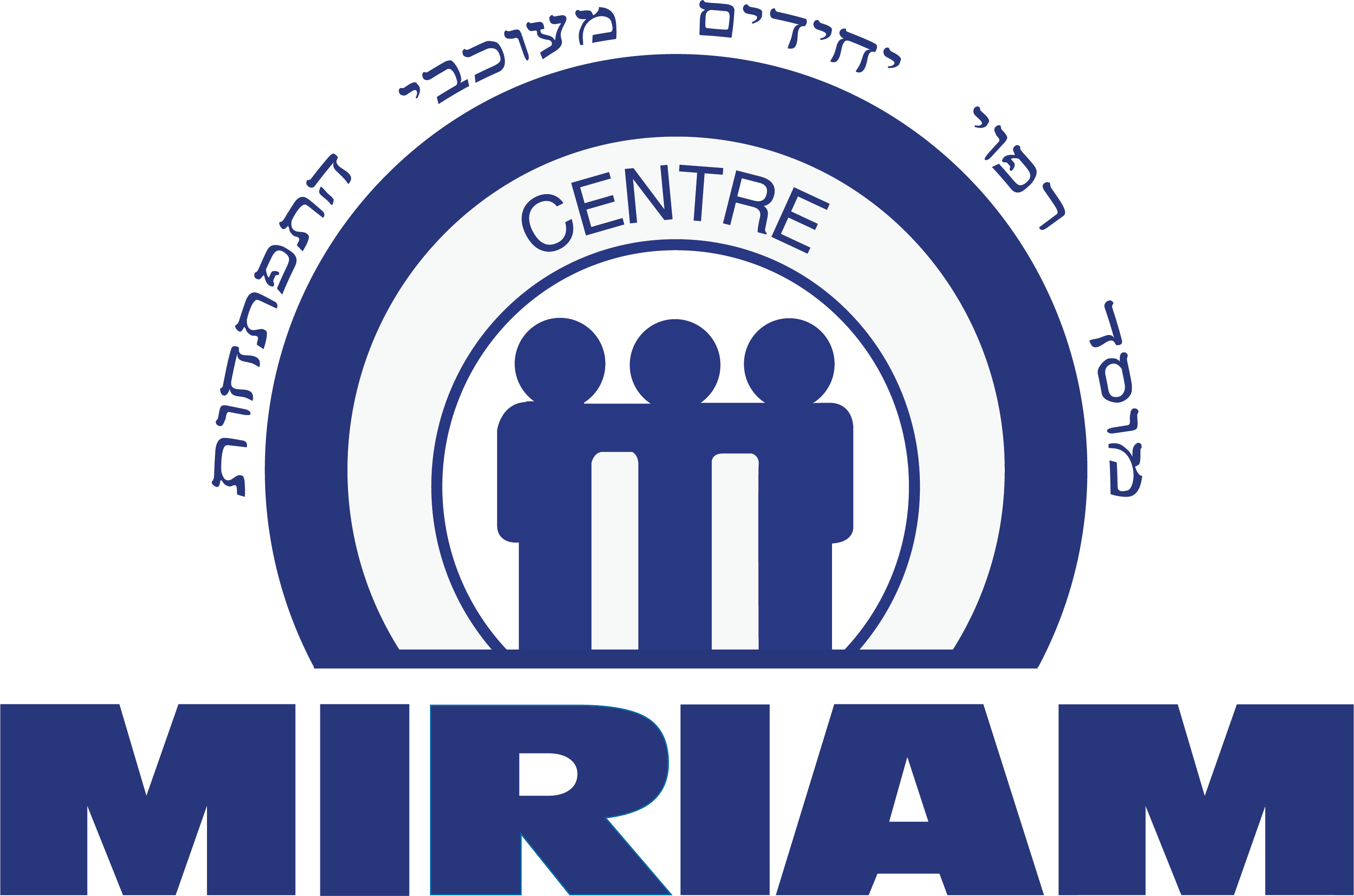Global Developmental Delay (GDD)
- Is a term used to describe a generalized delay in development and is usually characterized by lower than average intellectual functioning along with significant limitations in at least two areas of development.
- Has many causes which sometimes go undetermined
- Common causes; prematurity, anoxia, genetic abnormalities, social deprivation etc.
- Onset of GDD in DSM-V is prior to five years of age.
Intellectual Disability (ID)
- The person with an intellectual disability presents significant limitations with regard to intellectual abilities and adaptive behavior. This disability affects conceptual, social and practical skills and occurs before the individual reaches 18 years of age.
- An intellectual disability is formally defined according to three criteria, all of which must be present:
- an IQ score of around 70 or lower (note that there is a margin of error of approximately five IQ points in determining levels of intellectual disability
- difficulties in adaptive functioning in at least two important skill areas, such as communication, self-care, daily living, social/interpersonal and functional academic skills
- an onset before 18 years of age
- Intellectual disability (formerly known as mental retardation) is conventionally divided according to degrees of severity into mild, moderate, severe and profound levels of disability.
- Mild intellectual disability makes up 85% of all diagnoses of intellectual disability. It is usually characterised by an IQ score ranging from 50-55 to approximately 70.
- Moderate intellectual disability comprises about 10% of all diagnoses of intellectual disability and is characterised by IQ scores typically between 35-40 to 50-55.
- Severe intellectual disability makes up 3-4% of all diagnoses and is characterised by IQ scores typically between 20-25 to 35-40.
- Profound intellectual disability is relatively rare, forming 1-2% of diagnoses of intellectual disability; IQ scores typically fall below 20 to 25.
- There is also a fifth category, “severity unspecified,” used when there are strong indications of intellectual disability but the individual’s intelligence cannot be assessed by standard tests.
- Clients with an ID represent approximately 38% of Miriam’s clientele
Autism Spectrum Disorder (ASD)
- Refers to a range of conditions characterized by challenges with social skills, repetitive behaviours, speech and nonverbal communication, as well as by unique strengths and differences.
- In 2013, the American Psychiatric Association merged four previously distinct diagnoses into one umbrella diagnosis of autism spectrum disorder (ASD). These included autistic disorder, childhood disintegrative disorder, pervasive developmental disorder-not otherwise specified (PDD-NOS) and Asperger syndrome.
- Consists of 3 “severity levels” in the areas of Social Communication and Restricted, Repetitive behaviors, as per the DSM-V (American Psychiatric Association).
- Support levels in each area can vary:
- Level 1: “Requiring support”
- Level 2: “Requiring substantial support”
- Level 3: “Requiring very substantial support”
- These clients represent approximately 62% of its clientele
Troubles Graves de Comportements (TGC)- Severe Behaviour Disorders
- Although not an official diagnosis in the DSM-V clients with this profile demonstrate severe problematic behaviours that are self injurious, aggressive towards others, destructive, sexually aberrant, delinquent, oppositional/defiant, and any other behaviour that places the individual or others at risk.
- Typically persons with TGC range in age from 10-45 years old and have a diagnosis of an intellectual disability.
- These clients are subsumed in ID and ASD clientele and represent 3.8% of total.
